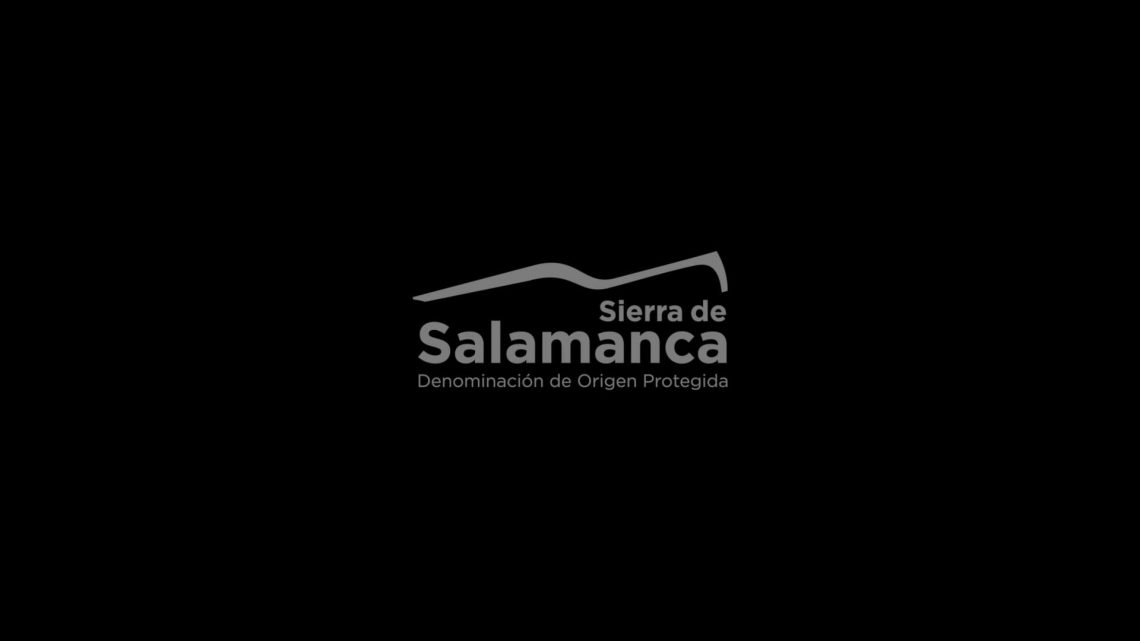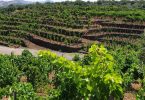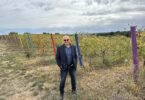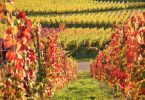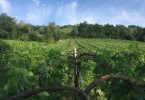In the Sierra de Salamanca (Autonomous Community of Castile and León) the vineyard has been cultivated in terraces, for centuries, seeking integration with the landscape, selecting the best soils and orientations to produce quality wines linked to the land.
The Sierra de Salamanca is an oasis of diversity, from climate to landscape and it is thanks to these characteristics that the vineyard offers different varieties, with extraordinary enological potential.
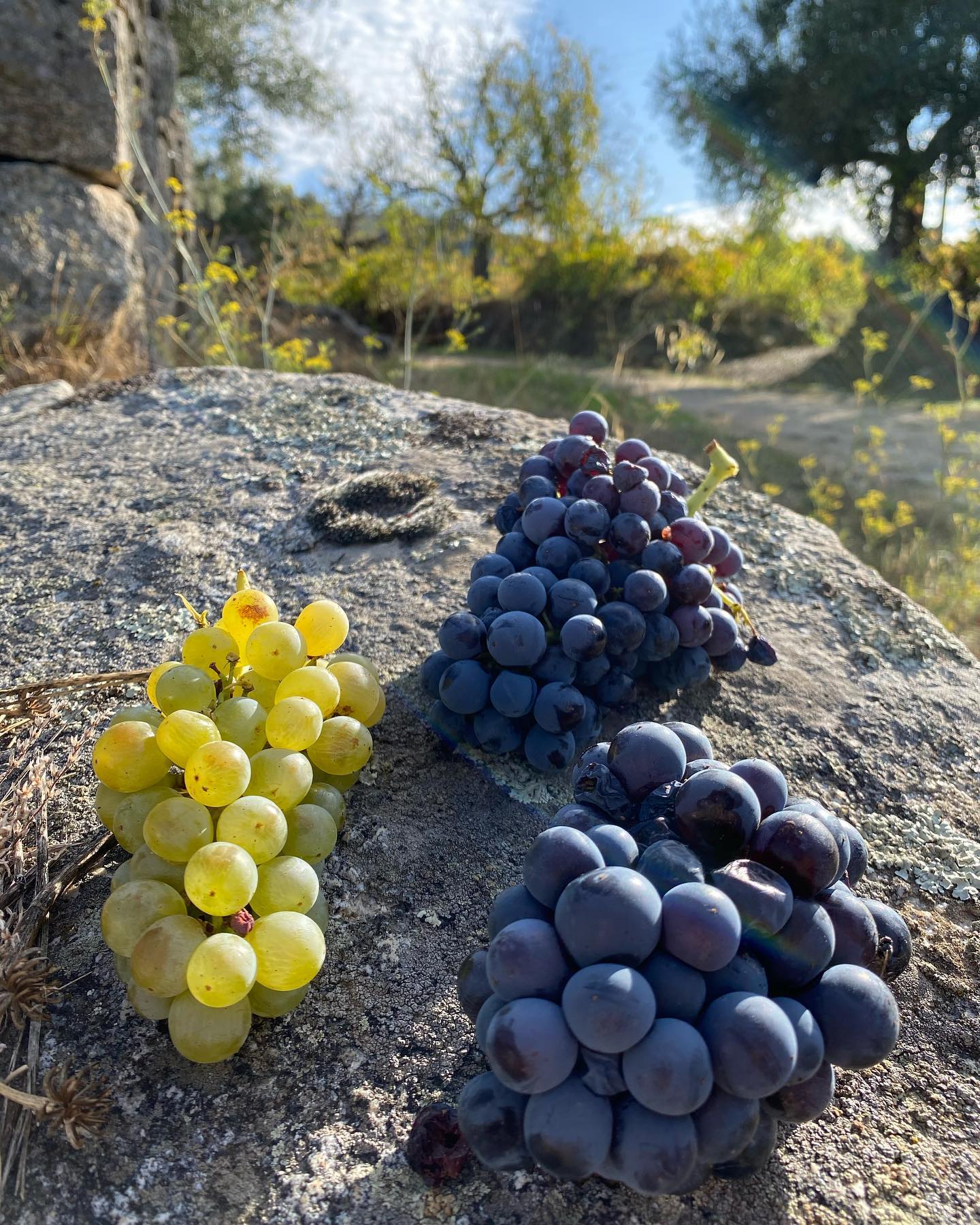
© DOP Salamanca
Rufete is the native variety of the area. Small and compact bunch, with medium grain and fine skin, the rufete is a subtle variety of complex elaboration, which provides delicate aromas with hints of red and spicy fruits, sweet and soft tannins that add elegance and complexity to the wines.
Garnacha Tinta and Tempranillo, known in the area respectively as Calabrés and Aragonés are the other varieties of the area. Both are clones of the main variety, being adapted to the peculiar characteristics of the Sierra due to an evolutionary and adaptation process over several centuries. This gives them little differentiating characteristics from the variety in general.
The regulation of the D.O.P. Sierra de Salamanca establishes which grape varieties are allowed for the production of quality wine.
The objective of the PDO is to promote and protect native varieties, as well as the wines produced in the area, as explained by Miquel Udina Argilaga, manager PDO Sierra de Salamanca.
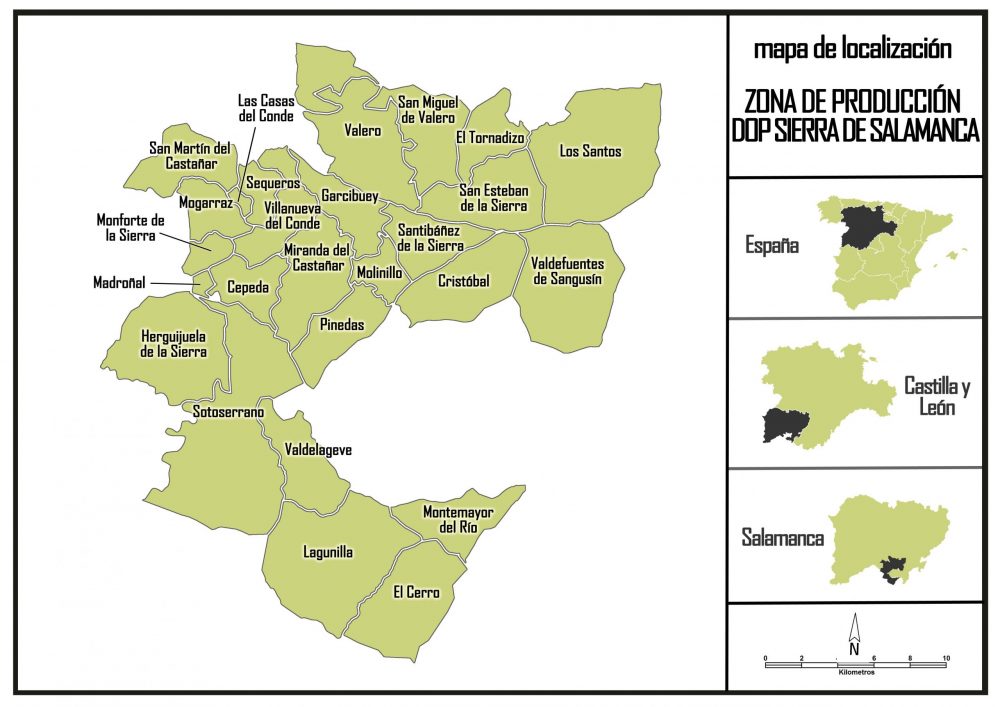
© DOP Salamanca
Since the birth of D.O.P. Salamanca, what goals have you achieved and what remain to be achieved?
I would start by highlighting the birth itself. The procedures began in 2007 and in June 2010 the recognition of the Sierra de Salamanca PDO was obtained. The area had had its historical importance, viticulturally speaking, but since rural emigration to the cities it had been losing vineyards. A critical point was reached and I believe that without the appearance of the PDO, very probably very few parcels would have remained. The five wineries that existed at that time, together with a very small group of winegrowers, bet on this territory and created the PDO. It was not easy at all, because it coincided with the economic crisis of 2008, but it was the germ of what the Sierra de Salamanca PDO wines are today.
The main goal, which I believe we have achieved, has been to place the region’s wines in a prestigious position. Nowadays, in all the guides and tastings they are always very well rated, usually in the first positions. It is a little known area, given that the volume of production is very small, but of very high quality and specialized journalists value and appreciate it.
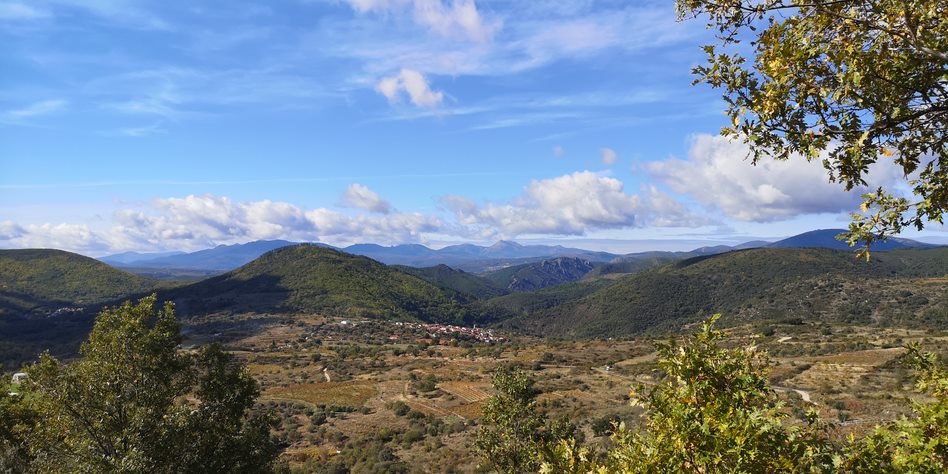
© DOP Salamanca-Parque Natural SierraFrancia
We have also gotten the support of the local hospitality industry: in all the menus of the restaurants in the Sierra there is a good representation of our wines. This is important, since it is a tourist area and the visitor has access to taste various references during their stay. Linked to this, the creation of the Wine Route in our area has been a milestone, which makes it possible to promote wine tourism and give visibility to the wine heritage by bringing together all the businesses in the sector.
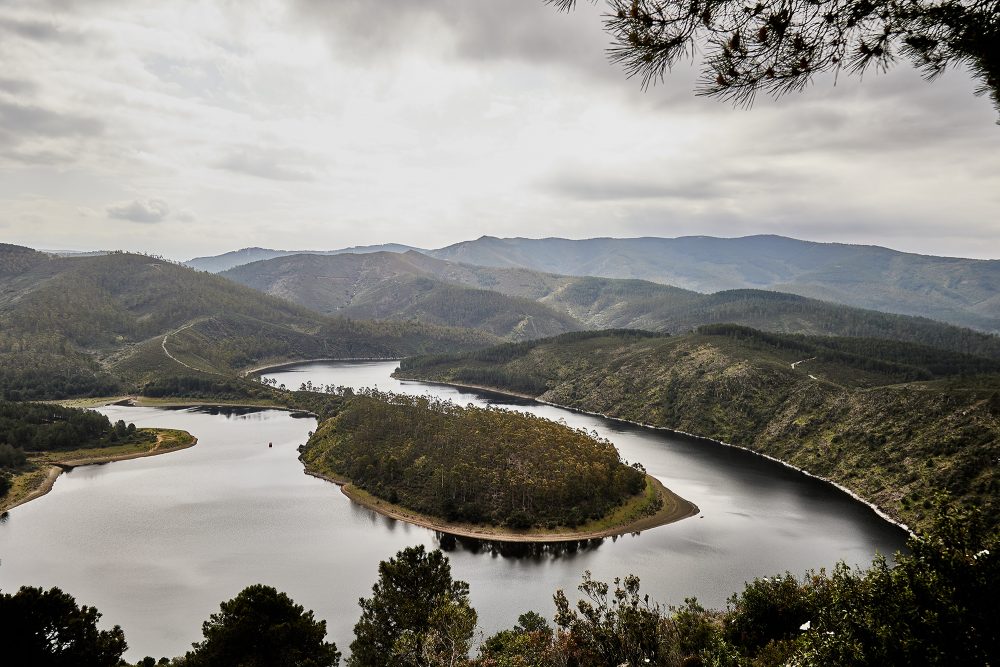
© DOP Salamanca
I think the achievement of which we can be most proud since the PDO, as a group of wineries and winegrowers, is having endowed the wines with a very marked personality, they are easily identifiable and surprising wines.
The main objective that remains to be achieved is sustainability in the cultivation of the vineyard, I mean generational change. I think it is a common issue in small wine-growing areas with traditional cultivation. It is essential that there are young people who join the current vine growers in the coming decades. Of course, we will continue working to make the wines known and prestigious in different markets, both national and international.
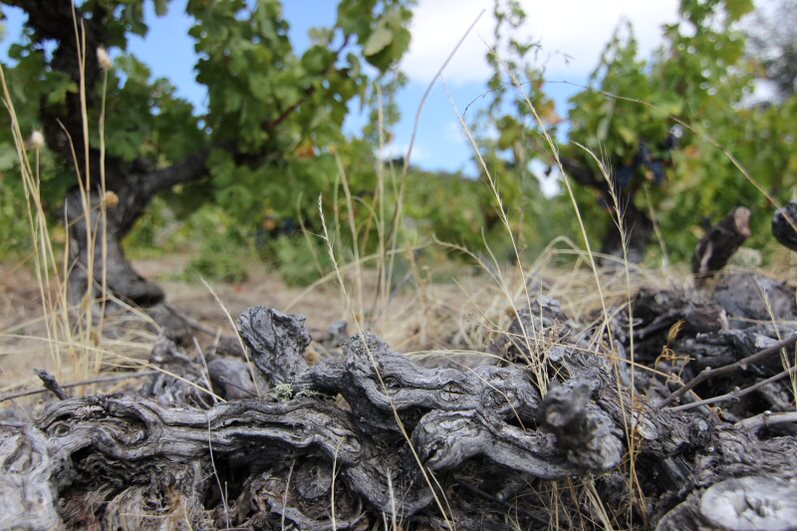
© DOP Salamanca
What are the peculiarities of the territory and its wines?
The Sierra de Salamanca is wonderful, in everything, but particularly at the oenological level.
We have all the factors that make an area of great wines possible. A climate very different from the one around it, characterized as a humid temperate Mediterranean, with mild winters and summers and high rainfall in autumn and spring. Two of the great soils for growing grapes: granite and schists, slightly acidic, not very deep and very steep.
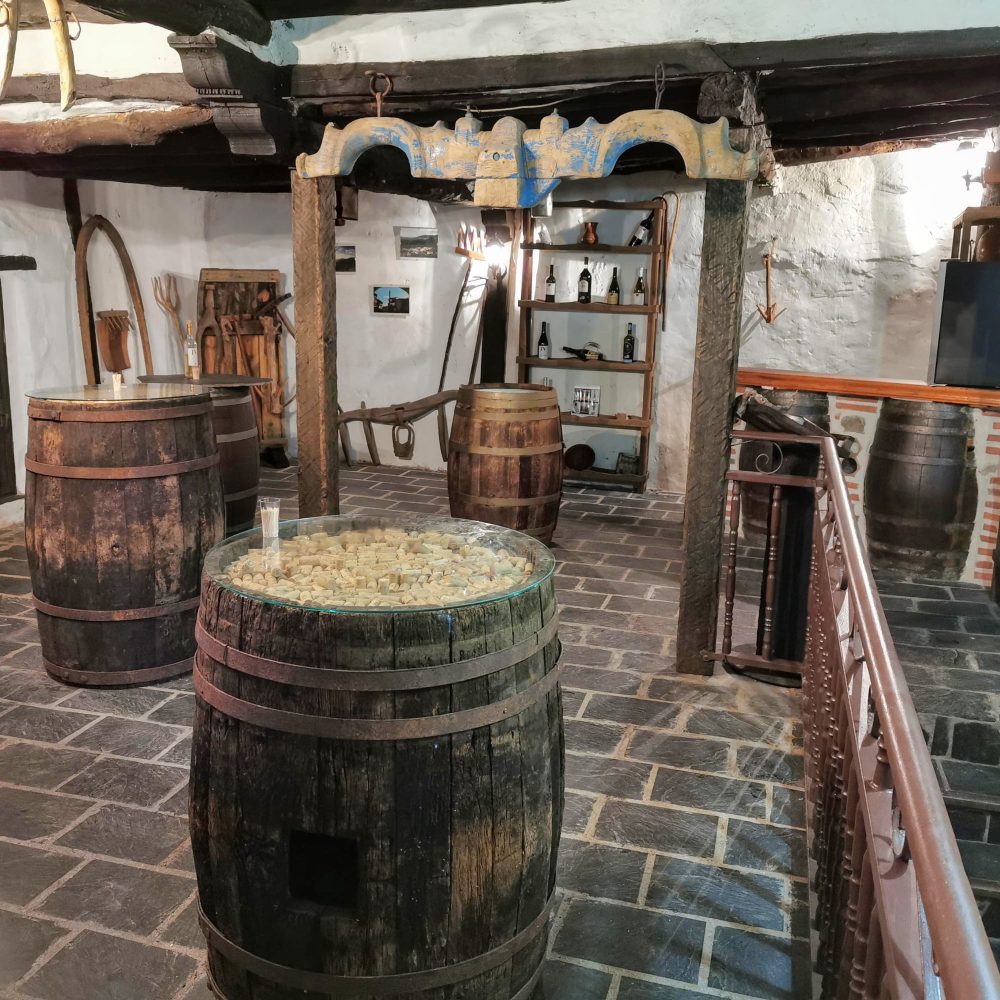
© DOP Salamanca
To all this we have to add some really old vineyards, many of which were planted just after the phylloxera, around 1910. They have a very narrow plantation frame (1.5 x 1.5 meters) and sit on terraces on an orography marked by an infinity of small valleys. There are vineyards 400 meters in the South and they go up to 1000 meters in the North, with all possible orientations, so the winemakers have an amazing diversity for their elaborations.
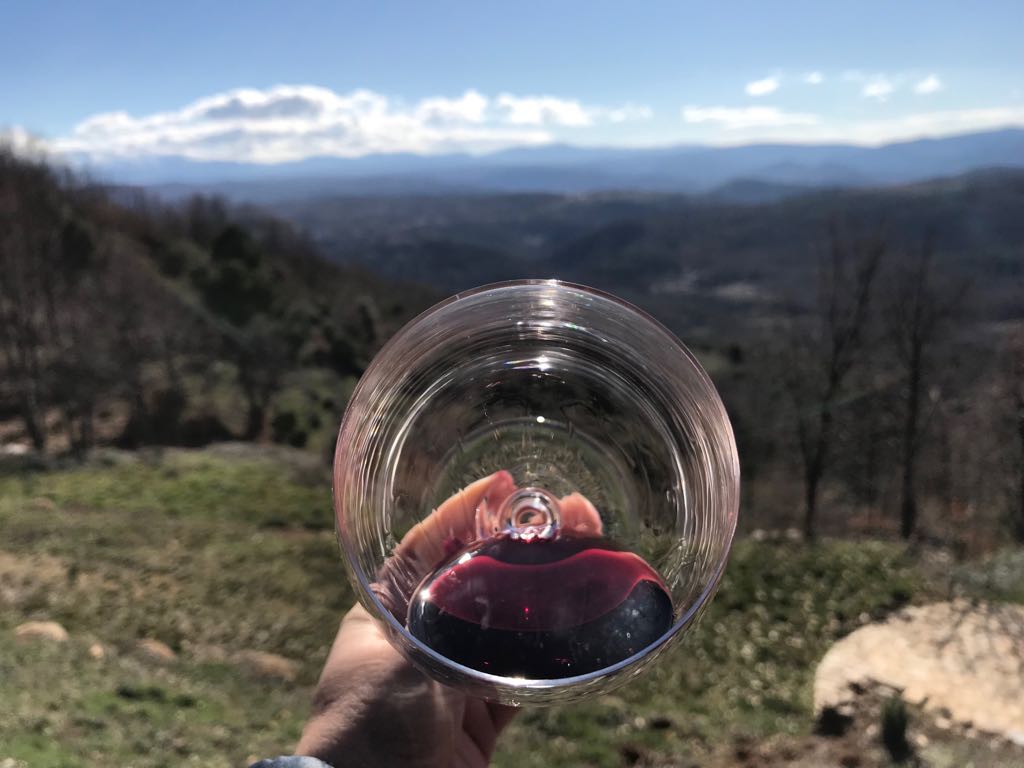
© DOP Salamanca
I think this is enough to make the Sierra de Salamanca an interesting PDO, but we also have two local and almost unique varieties in our region: Rufete and Rufete Blanca. They are grapes that produce wines with a marked profile very different from the wines of Castilla y León.
La Rufete Tinta produces light, elegant and subtle wines. It has an explosive nose in young or rosé wines and a very pleasant mouth, very easy to drink. In wines made for aging in oak, the nose turns more to a floral and vegetal profile, with a very long and smooth mouth.
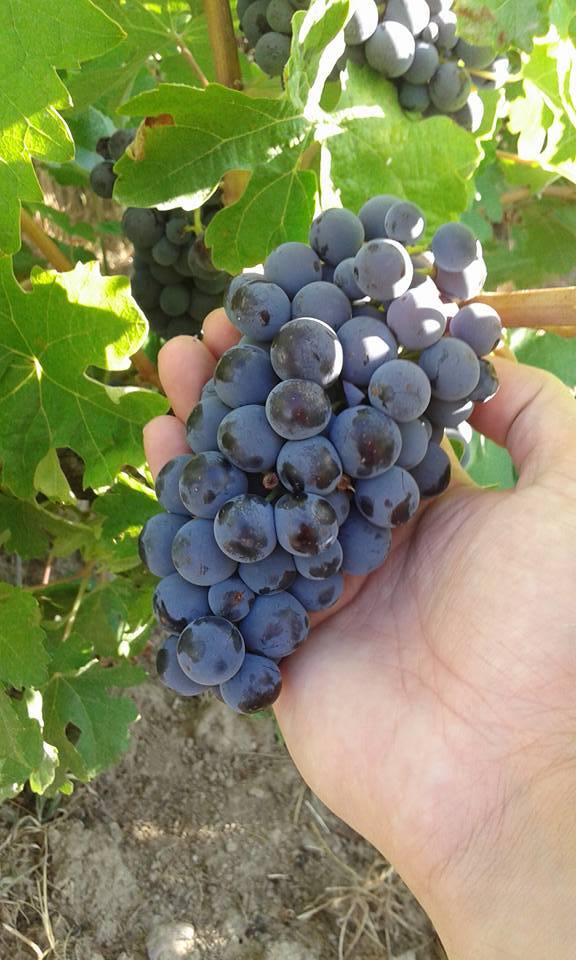
© DOP Salamanca
The White Rufete is a very minority variety, which almost disappeared and which we are recovering. The wines have spectacular acidity and a medium alcoholic degree, so they can be perfectly aged in barrels and are very long-lived. I think they will become a reference for any wine lover for years to come.
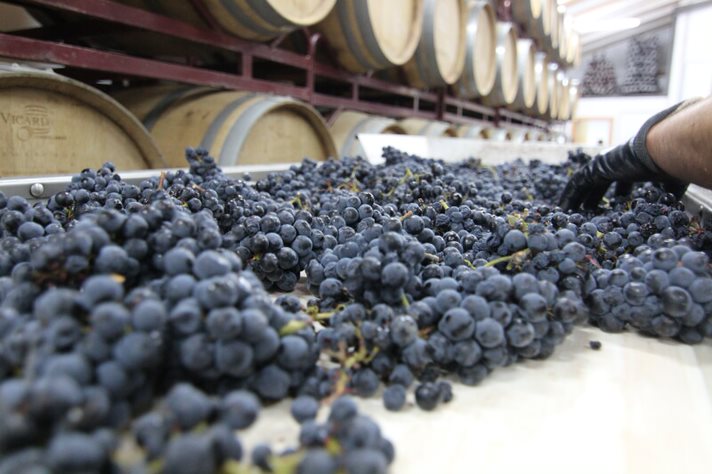
© DOP Salamanca
What services/activities do you use to promote the Salamanca wine region?
At the local level we carry out tastings and festive events, often in collaboration with the Wine Route, to enhance the knowledge of our neighbors. We have also organized courses for the hospitality industry, with very good results.
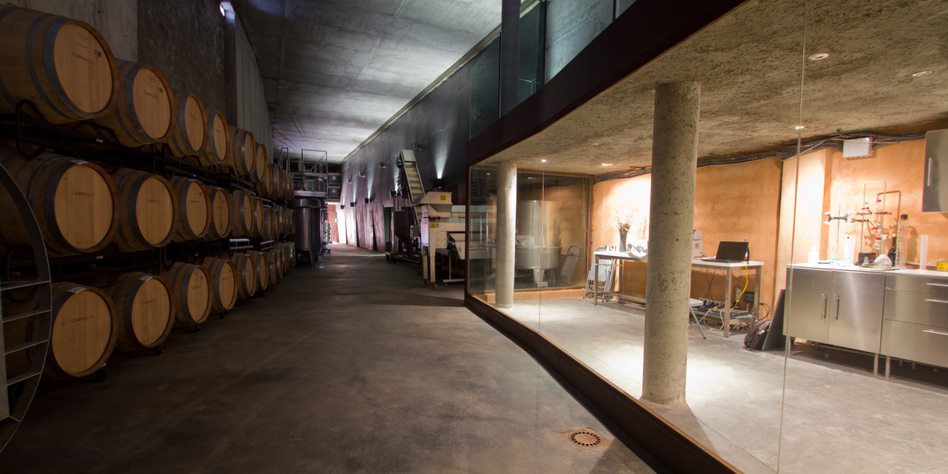
© DOP Salamanca
In Salamanca, we annually organize a presentation of the wines that is very well received, with more than 400 attendees and that has become an event of which we are very proud, although with the pandemic situation we have not been able to carry it out as we would like in the last years.
We also attend national reference fairs and organize specialized events in Madrid and other cities in Spain.
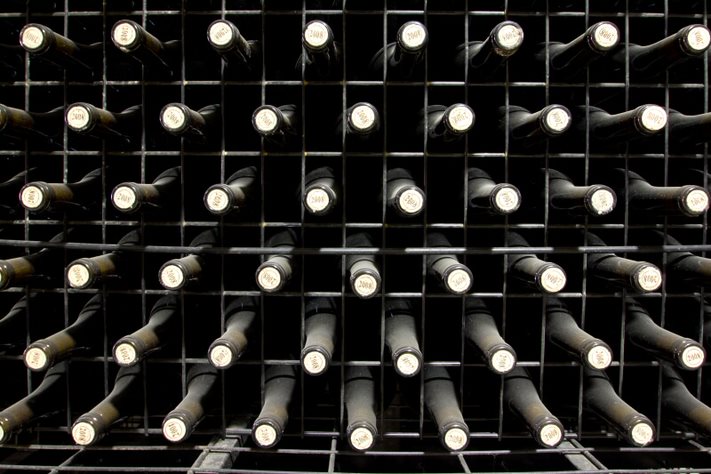
© DOP Salamanca
Could you briefly describe the areas of cultural and wine tourism interest in the D.O.P. Salamanca?
The Sierra de Salamanca is a fantastic tourist destination, it has several municipalities that are a historical complex, part of it is declared a Natural Park and all of it is a Biosphere Reserve. So in terms of the landscape it is incredible, with many protected species and unforgettable views.
The villages have maintained the traditional architecture and are very well preserved, almost all the houses have a small cellar on the ground floor, which can still be visited at some local festivals.
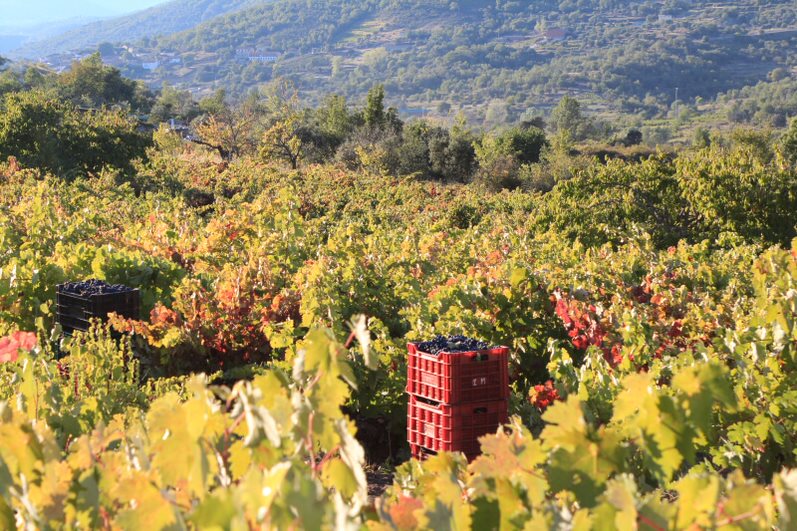
© DOP Salamanca
I cannot fail to mention the Lagares Rupestres, which is where historically wine was made. They are large granite rocks in which our ancestors dug their presses, to be able to press the grapes. There are in many municipalities, but in San Esteban de la Sierra more than 100 have been discovered and there is a route to see them and understand how they were used.
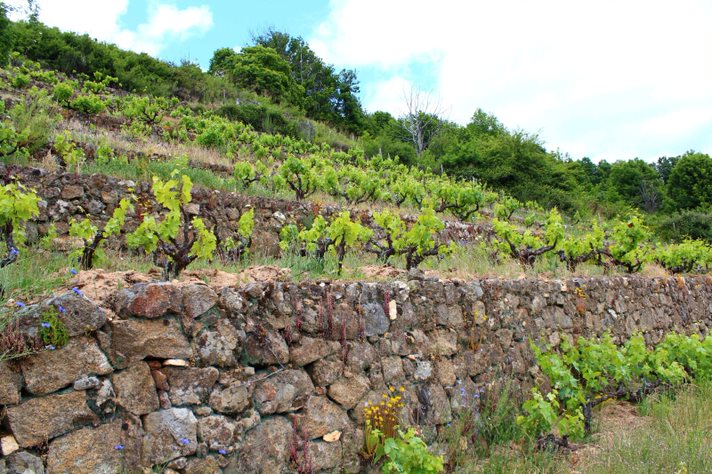
© DOP Salamanca
What are the goals set for the near future to spread more and more of its excellence both nationally and internationally?
From the PDO we are focusing mainly on the domestic market, although almost half of the production is exported to countries around the world.
We want to continue placing the wines of the Sierra de Salamanca in the place that they deserve and that little by little, more people will get to know and value them. For that we will attend all the important fairs of the sector, we will organize tastings and visits with prescribers and we will continue working locally so that tourists can taste our wines.
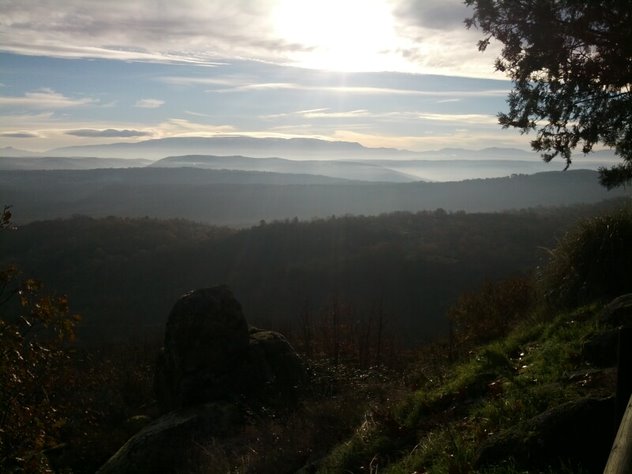
© DOP Salamanca
Why are D.O.P. Salamanca wines special?
It is difficult to give a single answer. It is a set of interrelated factors, but I think that basically it is the fact of having a unique, remote territory that has remained with very few changes in the last century. We continue to count on the vines that our ancestors planted, with varieties that are highly adapted to a very particular and high-quality terroir.


